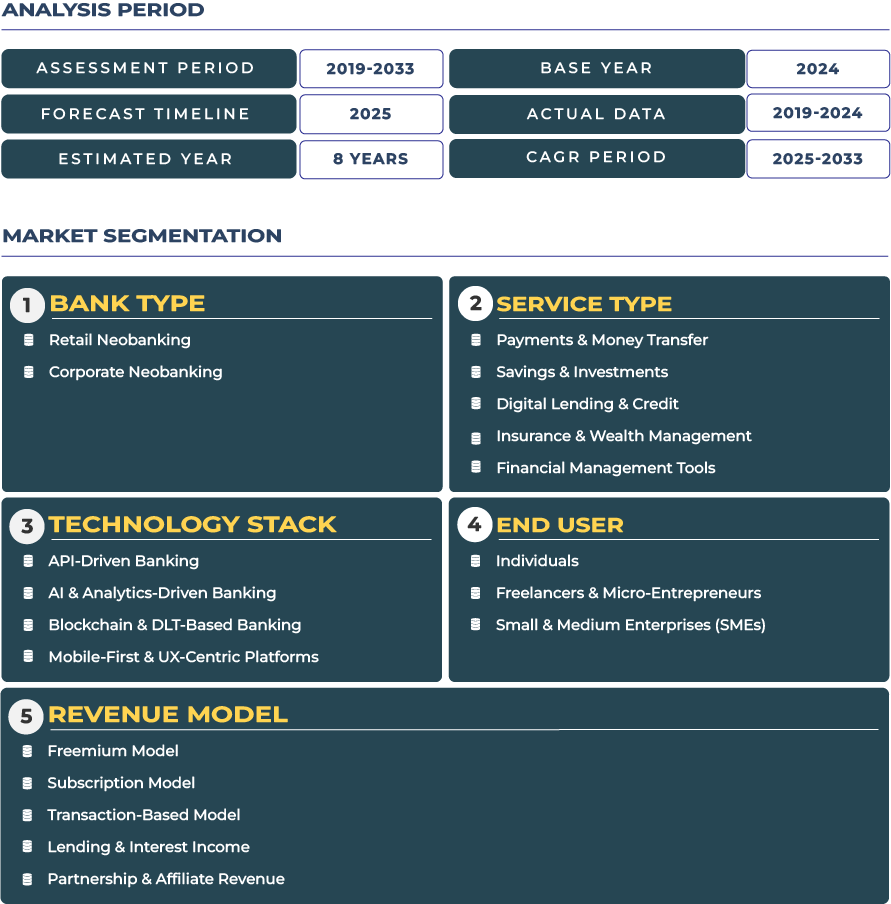State-Driven Digital Payments and Working-Capital Automation Fuel Italy Neobanking Platform Expansion
Italy fintech neobanking ecosystem is scaling rapidly as digital-banking platform providers embed government payment infrastructure, automate SME liquidity cycles, and modernize retail financial access. Technology suppliers are integrating real-time compliance modules, invoice intelligence, and government-connected payment rails such as PagoPA and the Italian Government’s digital public services stack to streamline onboarding, automate tax workflows, and support high-frequency consumer bill payments. This is accelerating account-to-account transaction adoption and reducing friction in public service payments, utilities, and everyday merchant flows. Vendors are engineering multi-rail payment orchestration, AML risk layers, and contract-grade digital wallets tailored for Italy SME-dense economy and tourism-driven merchant ecosystems across cities such as Milan, Rome, and Turin.
With increasing adoption of e-invoicing automation, digital payroll pockets, and working-capital insights for micro-enterprises and freelancers, platform providers are packaging modular banking cores, treasury engines, and embedded credit logic that support predictable receivable cycles and late-payment recovery. Italy fintech neobanking market is forecast to reach USD 1,184.0 Billion by 2033, expanding at a CAGR of 25.8%, supported by state digitalization initiatives, cross-border travel commerce, stronger fraud-resilience controls, and expanding SME digital finance adoption. Commercial opportunities are being reinforced by national e-invoicing mandates, subsidy disbursement pathways, and standardized identity frameworks that reinforce secure onboarding and recurring bill-payment use cases. Platform vendors are prioritizing hybrid payments, multi-currency settlement, loyalty-wallet rails for tourist flows, and ISO-aligned AML automation, positioning Italy as a European leader in government-integrated digital finance modernization.
Structural Public-Payment Rails and SME Liquidity Tech Shape Italy Platform Banking Growth Pathway
Growth Drivers: Deep integration of national digital payment infrastructure, e-invoice mandates, and rising tourism commerce flows are catalyzing Italy fintech neobanking platform scale. Providers embed PagoPA APIs to automate public-service billing, municipal fees, and transit payments, increasing account activation and daily retention. Technology vendors serve Italy SME-heavy economy by automating receivables, tax set-asides, payroll routing, and dynamic expense wallets, supporting retail merchants, gig-economy workers, and hospitality operators. Cross-border tourism drives FX-smart wallets, QR invoicing, and multicurrency settlement stitches. With rising demand for invoice-based liquidity models, platforms deploy invoice scoring, dynamic discounting, and reconciliation bots, improving working-capital predictability. Strong government digital momentum supports market acceleration as real-time compliance and digital-ID frameworks boost trust and onboarding speed.
Restraints: Italy SME late-payment culture, high anti-fraud diligence, and operational complexity in instant-payment rails challenge scaling speed for vendors. Fraud-detection engines must manage increasing A2A scams and synthetic identity risk. Compliance-driven integrations and regional process nuances extend onboarding timelines. Market fragmentation across local merchant ecosystems and tourism clusters demands configurable payment logic, which increases development overhead for platform suppliers.
Trends: Rapid convergence of PagoPA, IO app accessibility, and e-ID workflows are elevating digital wallet maturity and government-linked transaction density. Smart invoice wallets, receivable-triggered payouts, and utility BNPL rails are scaling for contractors and artisans. Tourism-driven fintech stacking expands card + account hybrid journeys. Sustainability and cultural-benefit wallets emerge as retention levers.
Opportunities: Government payment integration inside neobank apps, SME invoice factoring automation, public incentive distribution wallets, and sector-specific liquidity tools (hospitality, retail, logistics) unlock new revenue pools. Vendor focus on late-payment risk engines, programmable government fee routing, and subsidy disbursement modules expands institutional adoption.
Competitive Landscape: Italy Fintech Neobanking Market
Providers like Nexi strengthen digital issuance, merchant routing automation, and API-driven SME finance tools. Platform vendors build public-service payment connectors, merchant data vaults, and invoice-derived underwriting to reduce SME credit barriers. Strategic priorities include public-platform interoperability, invoice risk scoring, and hybrid-rail routing to reduce fraud exposure and enhance predictability in Italy regulated finance system.







